
‘With visibility comes power’: the queer people of colour tackling racism in Australia

Young queer people of colour are calling out racism in Australia and championing visibility through their work. Jess Jones reports.
***
Drag queen D Flowers finds that living at the intersection of being both queer and a person of colour can be high-pressure.
“I feel like there are general misconceptions and stereotypes,” she says.
“Sometimes you feel like you have to be the poster child for all things. I feel like I can’t be a spokesperson because my experiences are unique to me.”
Flowers has lived all over the world, but she has recently chosen to make Melbourne her home. She’s one of what she describes as a handful of drag queens of colour in the city.
“I feel there’s not as many people of colour in the drag community, and I don’t quite understand why,” she says.
“For some of us our families aren’t about that lifestyle choice, they don’t understand it. It’s harder for me to be out there, visible and proud, because of all these preconceived notions about being queer and a person of colour. It can be quite layered and complex.
“There’s a lot more queer people of colour representation in art forms other than drag.”
Flowers first donned her drag wig, lashes, and heels in college, and has been performing for the seven years since.
Having done drag in different countries, she has developed her own style over time, and finds it an empowering way to be more visible as a minority.
“Drag has different flavours and cultural variations wherever you go,” she says.
“With visibility comes power. I’ve had people come up to me and say it’s so nice to see a queer person of colour up there [performing].
“There are so many of us out there, and I just feel like we need more of a platform.”
Another rising star in the Melbourne scene is Raina Peterson, a classical Indian dancer who has been performing since they were five. They will be performing at both the Cocoa Butter Club and Bent Bollywood at this year’s Midsumma Festival.
Being queer in the Indian dancing community can be isolating, and Peterson remembers the day they met Govind Pillai, who would become their dancing partner.
“We kind of connected over our gayness. We were both excited to meet each other and connect with another queer classical Indian dancer,” they say.
When they were at university, Peterson and two friends were frustrated by the racism they encountered even in otherwise progressive activist circles.
The group decided to address the issue through performance, and took their political cabaret show to a couple of fringe festivals around the country.
It was a deliberately provocative act that featured Peterson cutting an Australian flag off their body in a “demented striptease”.
The show went over badly with white audiences in Adelaide. Many stormed out, enraged.
“We got thrown out of the venue,” Peterson recalls.
“The audience hated the show from the very beginning—it was an anti-racist, feminist, queer cabaret show. The venue we picked was in an upper middle class, white kind of area.
“I think they were expecting some kind of nice friendly multicultural can-can. That wasn’t us, and they were really confronted by frank discussions of racism.”
The show was named second most controversial at the festival that year, coming runner-up to an exhibition of ceramic vulvas called Cunts.
That first cabaret show was almost a decade ago, but Peterson says the problems they wanted to draw attention to are still there, and maybe even worse.
“I think something weird has happened,” they explain.
“[White] people kind of know the language that people of colour have developed to talk about racism and oppression. Now people appropriate it and co-opt it, so they can still do those exact same things but do it with better language.”
As a performer of colour, Peterson says getting the same recognition as a white contemporary dancer is difficult.
“My training, and the training of pretty much all classical Indian dancers in Australia, was learnt in someone’s garage,” they say.
“Even though I’m really good, they just see an ethnic person trained in an ethnic art form that’s of no interest to anyone. And having to explain and justify my work to white people can be really demoralising. A western contemporary dancer doesn’t have to do that, and it’s frustrating.”
Peterson says performers of colour are routinely passed over for opportunities that are given to white people who may be less qualified or talented.
Nonetheless, Peterson has overcome obstacles to perform sell-out shows. They will next appear with partner Pillai in a performance called Bent Bollywood at the Midsumma Festival.
Another south Asian performer, who sometimes works with Peterson, is drag king Dani Boi. They’ve been mistaken for one another but—tellingly—they don’t look alike at all.
Dani says one of their first experiences of the overwhelmingly white nature of queer performance spaces was when they were learning from another drag king.
They noticed that subverting gender relies on stereotypes, most of which are western.
“I was told, ‘Men don’t move their hips, stop dancing like that,’” they say.
“But south Asian men do move their hips, and I think that when we’re being queer and playing with gender and artistic expression, we need to be more open to different expressions of that too.
“It was really awesome when a friend approached me to do a Bollywood drag routine. That for me was such a redeeming moment, when I saw I could perform the masculinity that I wanted to instead of being forced into a box.”
Dani is excited to be performing at this year’s Midsumma Festival as part of the Cocoa Butter Club, which showcases performers of colour.
“The audiences have been electric. I think queer Melbourne has been becoming more aware of the importance of anti-racist work and centring people of colour,” they say.
Dani, who also co-organises the Cocoa Butter Club, says everyone is welcome but especially queer people of colour. They agree that the performing community as a whole has a problem with racism.
“Each performer has a different experience of it, but a lot of performers at the Cocoa Butter Club have often felt tokenised [elsewhere] as the only person of colour on a lineup,” they say.
“Often white performers who are sharing the stage with them might be appropriating their culture or doing something that creates a mockery, like blackface… as a performer that makes you feel really uncomfortable.”
Dani believes there’s plenty that curators can do to make their performances more inclusive and welcoming, starting with ensuring people of colour are on the lineup.
“It’s no excuse to say ‘I didn’t know where to find them’,” they say, adding that Cocoa Butter Club holds a database of queer performers of colour.
Dani says queer people of colour must be made to feel safe performing at events, and a diverse audience is just as important as a diverse lineup.
“Performing to a 100 per cent white crowd can be really daunting,” they explain.
They suggest a safe space policy, acknowledgement of country, and gender-neutral bathrooms as ways to begin encouraging diversity at events.
Dani says drag has always been political, and they are glad to use their platform as an artist to call for change.
“I didn’t know lip syncing could be an art, but I’m glad it is,” they say.
“When you lip sync you have more power to critique pop culture.”
The Cocoa Butter Club will be at Arts Centre Melbourne on Friday 19 January, as part of Midsumma Festival. For more information and to buy tickets visit: www.midsumma.org.au/program.
Bent Bollywood will run from January 25 – February 3 at the Brunswick Mechanics Institute. For more information and to buy tickets visit: www.midsumma.org.au/program.




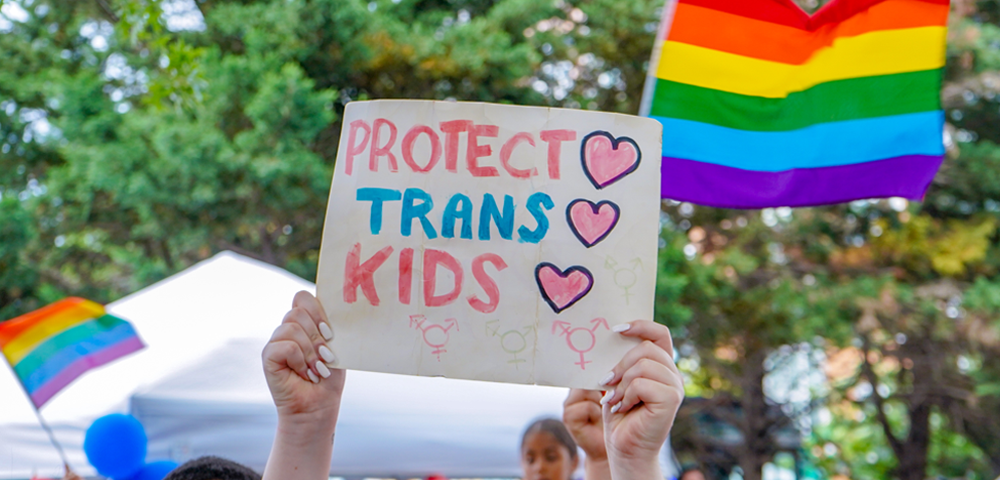
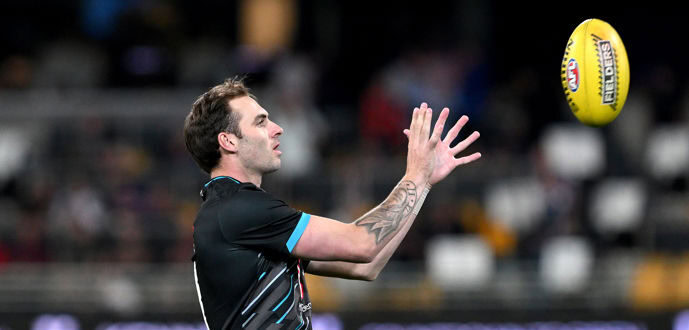
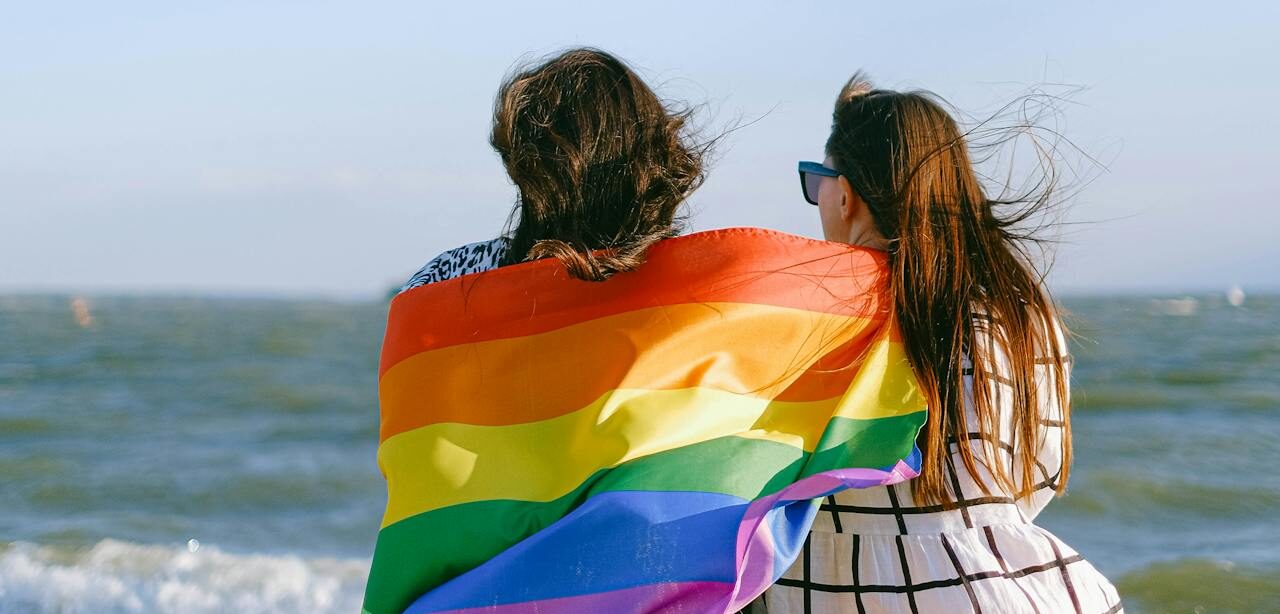
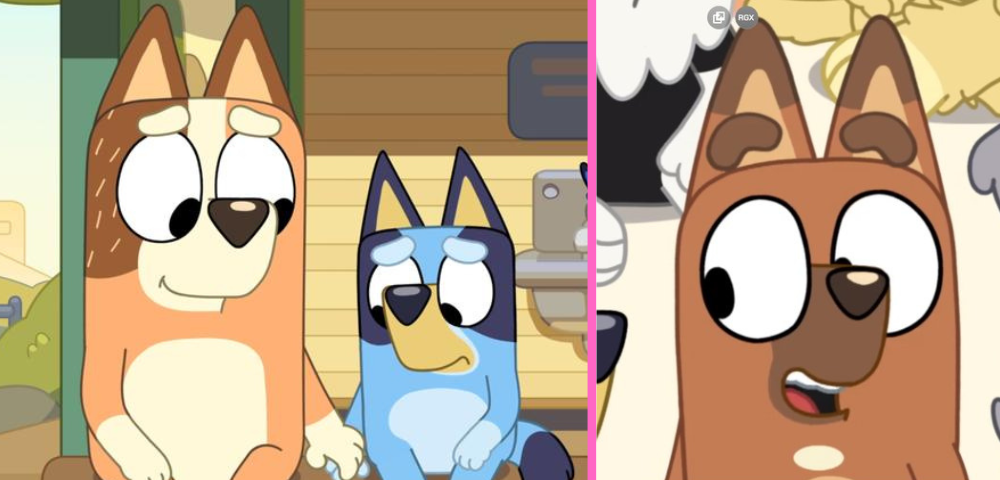
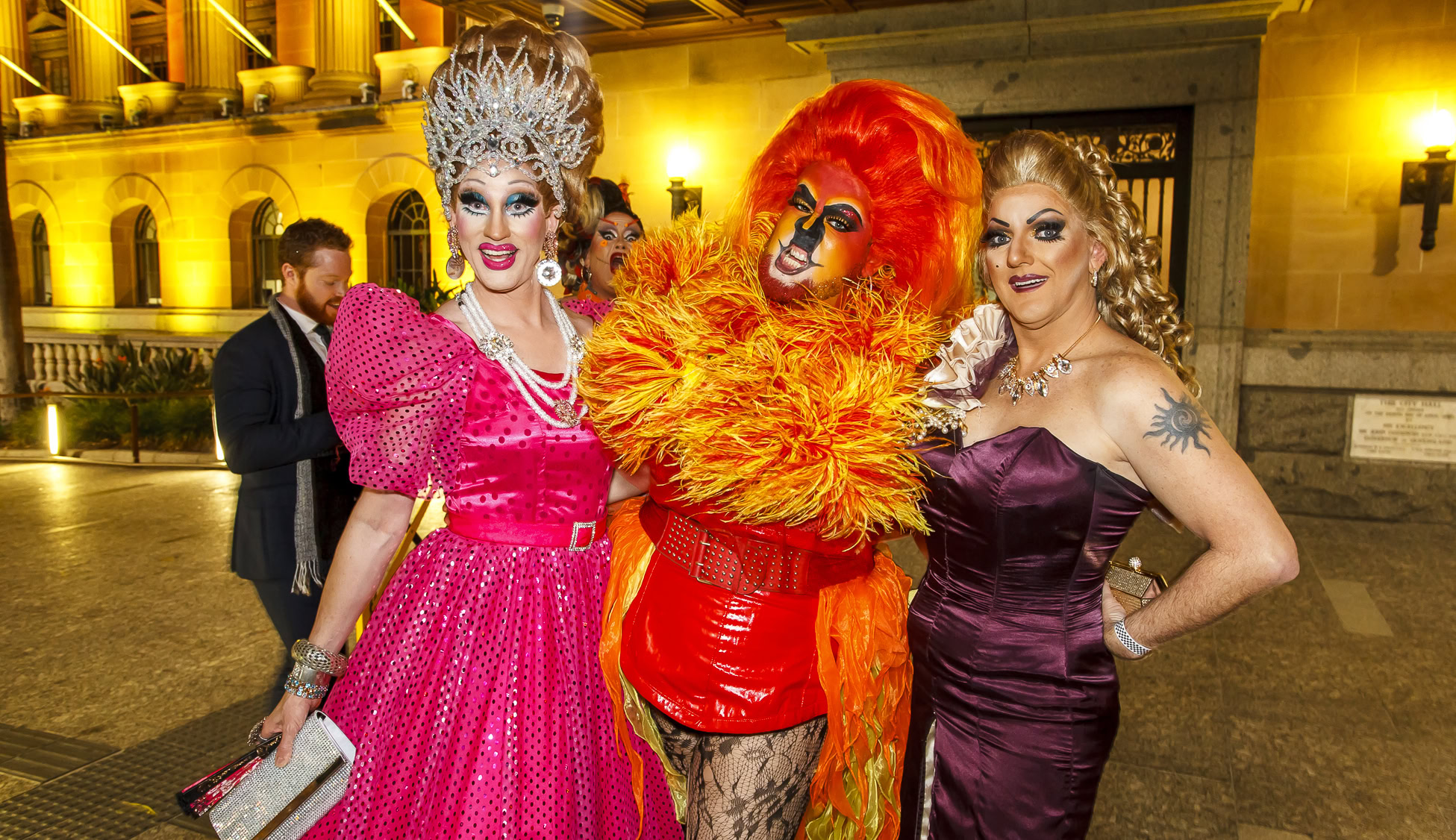
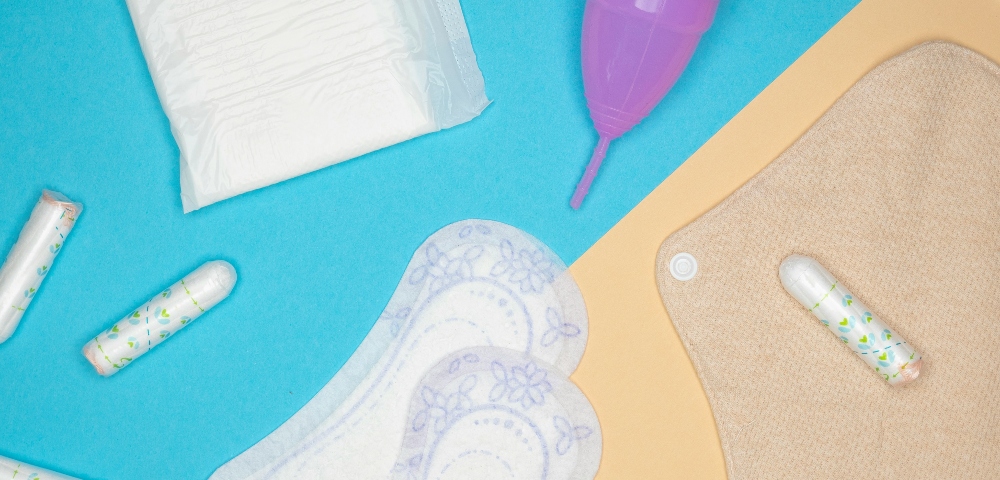
Good to know there are such beautiful people out there in the world. I wish you the warm, sophisticated and appreciative audiences you deserve.